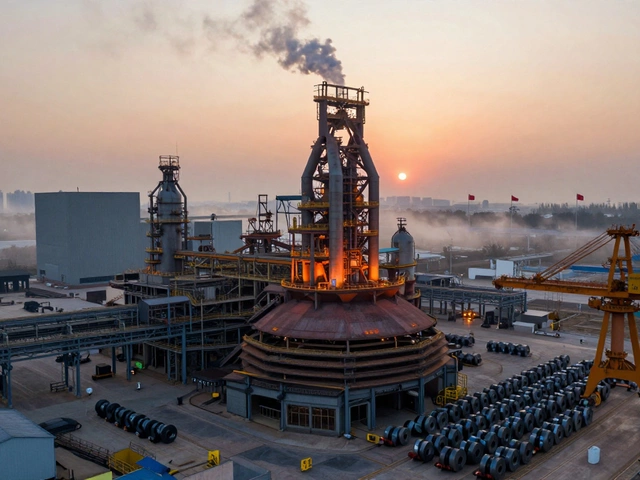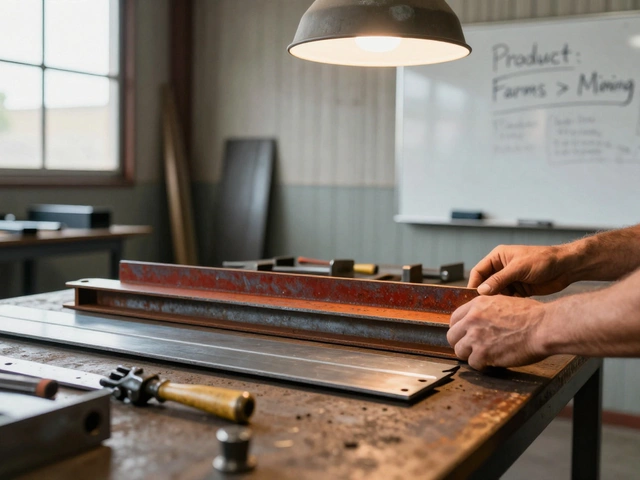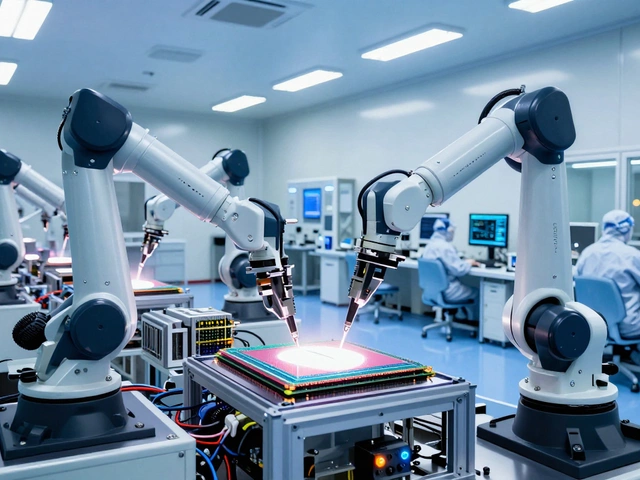Factory System: Building an Efficient Production Line
Ever wondered why some factories churn out products faster and cheaper than others? The secret lies in a well‑designed factory system. Think of it as a recipe: you need the right ingredients, the right order, and the right tools. In this guide we break down the basics, so you can see how a factory system turns raw material into finished goods without a hiccup.
Core Elements of a Factory System
A factory system is made up of five building blocks that work together. First up is Man – the people who run machines, check quality, and keep things moving. Second is Machine. Modern equipment is faster, more precise, and often linked to software that tracks performance. Third comes Material. Getting raw material on time and in the right amount keeps the line from stopping.
Fourth is Method. This is the step‑by‑step process that tells the team how to assemble, test, and pack each item. A clear method reduces errors and makes training new hires simple. Finally, Measurement means you constantly monitor output, defect rates, and downtime. With real‑time data you can spot a bottleneck before it becomes a crisis.
When any of these five M’s fall out of sync, the whole system suffers. That’s why factories use visual boards, digital dashboards, and regular huddles to keep everyone on the same page.
Steps to Set Up Your Own Factory System
Ready to build a factory system from scratch? Start with a clear product definition. Know the design, the required tolerances, and the target price. This shapes every other decision.
Next, map out the workflow. Sketch each station on paper or a simple flowchart. Identify where material arrives, where it gets processed, and where it leaves the line. Keep the flow linear as much as possible – every backtrack adds time and cost.
Pick machines that match your volume. For low‑volume startups, a flexible CNC machine or a modular conveyor can save money. As you grow, upgrade to dedicated equipment that can run 24/7 with minimal maintenance.
Hire or train a crew that understands both the manual and the digital side. Cross‑training people to handle more than one station builds resilience when someone is out sick.
Set up a data capture system. Even a basic spreadsheet that logs daily output, scrap, and downtime can reveal patterns. Over time, move to a cloud‑based MES (Manufacturing Execution System) for automated alerts.
Finally, run a pilot run. Produce a small batch, measure every metric, and tweak the method. The goal isn’t perfection on day one but a clear path to steady improvement.
Once the pilot is solid, roll out the full schedule. Keep the five M’s in mind and conduct weekly reviews. Small, incremental changes add up to big gains in speed, quality, and profitability.
In short, a factory system is a living set of people, machines, materials, methods, and measurements working together. Nail each piece, and you’ll have a production line that runs like a well‑oiled machine – ready to meet market demand and keep costs in check.
Major Economic Advantage of the Factory System: Mass Production Revolution
The factory system transformed industries by boosting efficiency, lowering costs, and making goods affordable. This article explores how mass production changed economies and daily life.
Read More




